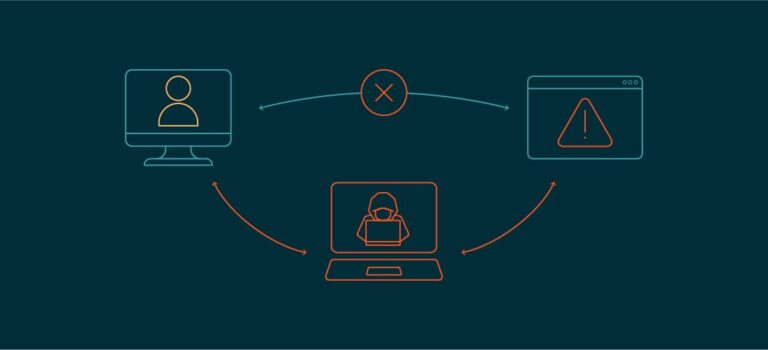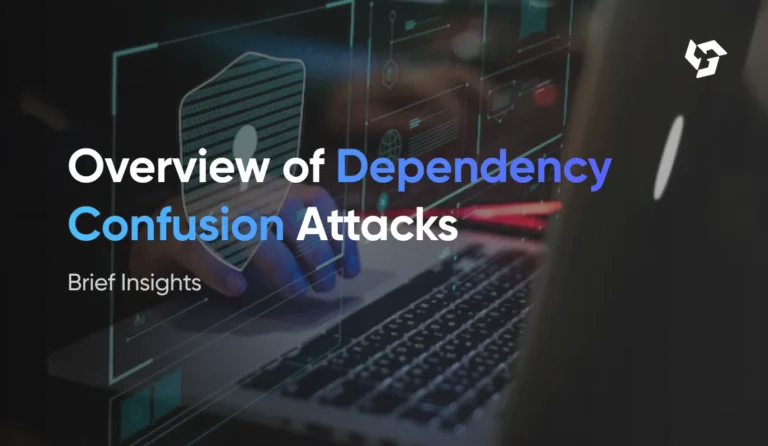Cloud Metadata API Exploitation – Attackers Steal Cloud Instance Credentials
Introduction
Cloud computing has revolutionized the way businesses operate, offering scalability, flexibility, and cost-efficiency. However, with these advantages come security challenges, one of which is Cloud Metadata API Exploitation. Attackers increasingly target cloud metadata services to steal sensitive credentials, leading to data breaches, unauthorized access, and even complete cloud account takeovers.
In this comprehensive guide, we will explore:
- What Cloud Metadata APIs are
- How attackers exploit them
- Real-world attack scenarios
- Mitigation strategies to protect your cloud infrastructure
By the end of this blog, you’ll understand the risks and best practices to prevent such attacks.
Table of Contents
- What is a Cloud Metadata Service?
- How Do Cloud Metadata APIs Work?
- Why Are Metadata APIs a Target for Attackers?
- Common Attack Vectors for Cloud Metadata API Exploitation
- SSRF (Server-Side Request Forgery) Attacks
- Misconfigured Firewall Rules
- Instance Credential Theft
- Real-World Exploits and Case Studies
- Capital One Data Breach (2019)
- Tesla’s AWS Credential Leak (2018)
- How Attackers Steal Cloud Credentials via Metadata APIs
- Retrieving IAM Roles & Temporary Tokens
- Escalating Privileges in the Cloud Environment
- Detecting Metadata API Exploitation Attempts
- Best Practices to Secure Cloud Metadata APIs
- Restricting Metadata API Access
- Using IMDSv2 (Instance Metadata Service v2)
- Implementing Network Security Controls
- Tools for Testing & Securing Metadata APIs
- Conclusion
1. What is a Cloud Metadata Service?
Cloud providers like AWS, Google Cloud, and Azure offer metadata services to help virtual machines (VMs) and containers retrieve instance-specific data. This includes:
- Instance ID
- Hostname
- Security credentials (IAM roles)
- Network configuration
For example, AWS provides the Instance Metadata Service (IMDS), accessible via:
bash
Copy
Download
curl http://169.254.169.254/latest/meta-data/
This internal API is meant only for the instance itself, but attackers can exploit it if not properly secured.
2. How Do Cloud Metadata APIs Work?
When a cloud instance boots up, it needs configuration details. Instead of hardcoding these, cloud providers use metadata services:
- AWS IMDS:
http://169.254.169.254 - Google Cloud:
http://metadata.google.internal - Azure IMDS:
http://169.254.169.254/metadata
These services return temporary credentials, network settings, and other critical data. However, if an attacker gains access (e.g., via SSRF), they can extract this information.
3. Why Are Metadata APIs a Target for Attackers?
- Temporary Credentials: IAM roles assigned to instances can be stolen.
- No Authentication by Default: Metadata APIs often don’t require authentication inside the instance.
- Pivoting to Other Services: Stolen credentials can access S3 buckets, databases, etc.
4. Common Attack Vectors for Cloud Metadata API Exploitation
A. SSRF (Server-Side Request Forgery) Attacks
If a web app fetches external URLs without validation, attackers can force it to call:
bash
Copy
Download
http://169.254.169.254/latest/meta-data/iam/security-credentials/
This returns IAM role credentials.
B. Misconfigured Firewall Rules
If metadata APIs are exposed to the internet (e.g., via open proxy servers), attackers can directly query them.
C. Instance Credential Theft via Malware
Malicious scripts running inside a compromised VM can extract credentials.
5. Real-World Exploits and Case Studies
A. Capital One Breach (2019)
- Attacker exploited a misconfigured WAF to perform SSRF.
- Retrieved AWS IAM credentials via IMDS.
- Accessed 100+ million customer records from S3.
B. Tesla’s AWS Credential Leak (2018)
- Hackers stole Tesla’s AWS keys via an exposed Kubernetes pod.
- Used metadata APIs to mine cryptocurrency.
6. How Attackers Steal Cloud Credentials via Metadata APIs
Step 1: Identify a Vulnerable Endpoint
- Find an SSRF flaw or exposed metadata service.
Step 2: Query the Metadata API
bash
Copy
Download
curl http://169.254.169.254/latest/meta-data/iam/security-credentials/ROLE_NAME
Step 3: Use Stolen Credentials
- Access cloud resources (S3, EC2, RDS).
- Escalate privileges.
7. Detecting Metadata API Exploitation Attempts
- Monitor unusual metadata API calls.
- Use CloudTrail (AWS) or Azure Monitor.
- Alert on credential usage from unexpected IPs.
8. Best Practices to Secure Cloud Metadata APIs
A. Use IMDSv2 (AWS)
- Requires a session token, blocking simple SSRF attacks.
bash
Copy
Download
TOKEN=$(curl -X PUT "http://169.254.169.254/latest/api/token" -H "X-aws-ec2-metadata-token-ttl-seconds: 21600") curl -H "X-aws-ec2-metadata-token: $TOKEN" http://169.254.169.254/latest/meta-data/
B. Restrict Metadata API Access
- Apply firewall rules to block external access.
- Use Kubernetes network policies in containerized environments.
C. Implement Least Privilege IAM Roles
- Avoid admin-level permissions for instances.
9. Tools for Testing & Securing Metadata APIs
- Metabadger: Checks for IMDS misconfigurations.
- Pacu (AWS Exploitation Framework): Simulates attacks.
- Nmap: Scans for exposed metadata services.
10. Conclusion
Cloud Metadata APIs are powerful but dangerous if misconfigured. Attackers exploit them to steal credentials, leading to massive breaches. By enforcing IMDSv2, restricting access, and monitoring API calls, organizations can mitigate these risks.
Stay vigilant—cloud security is a shared responsibility!






